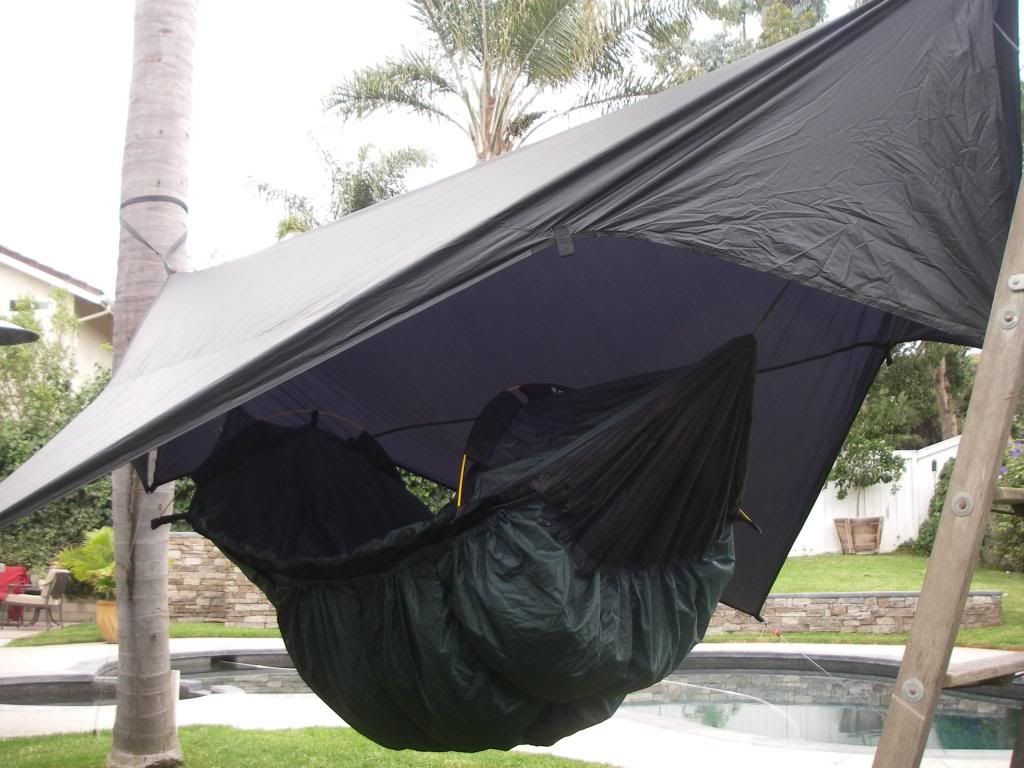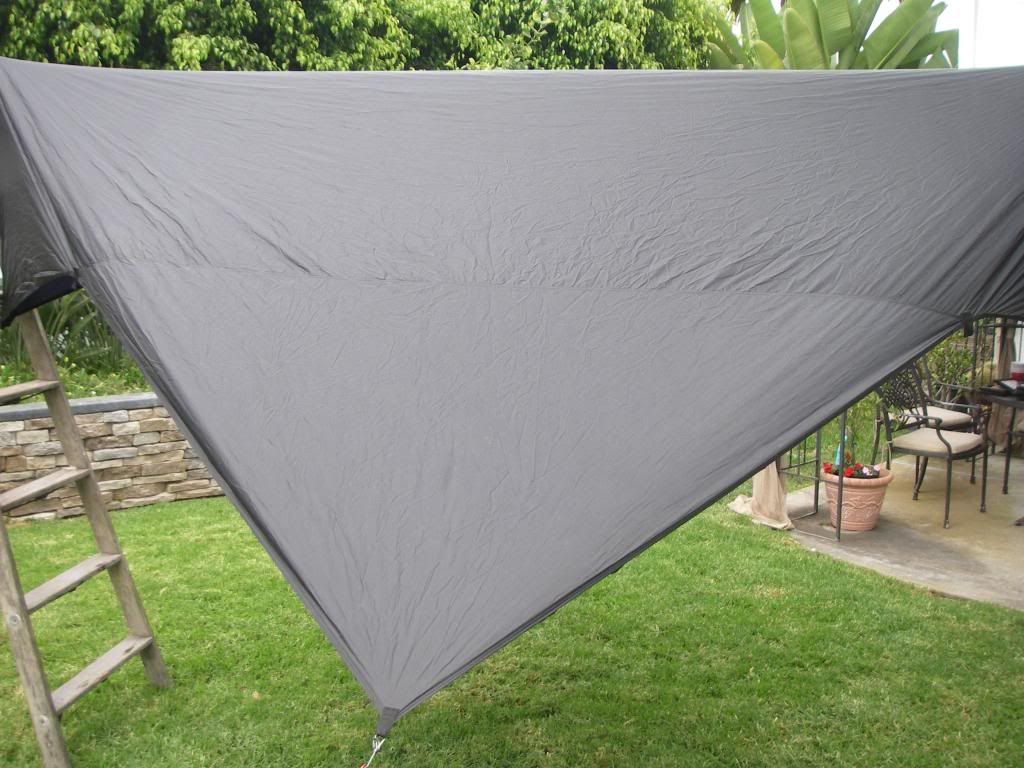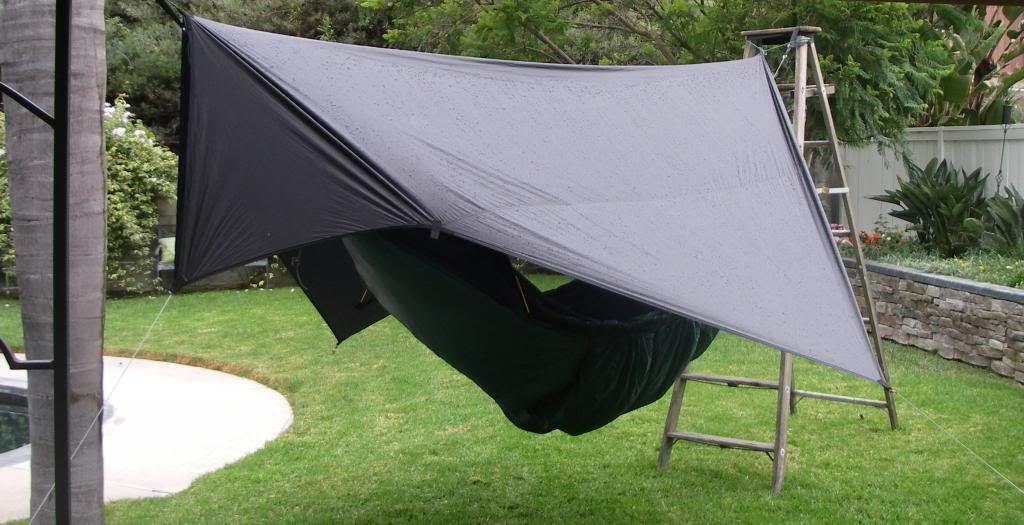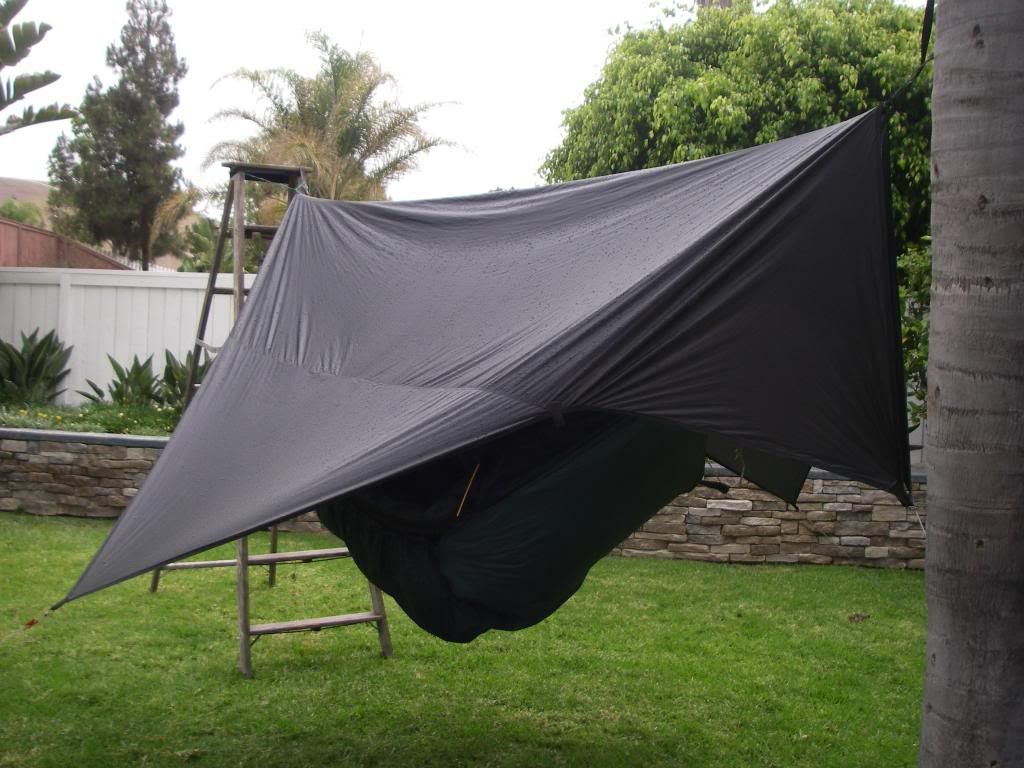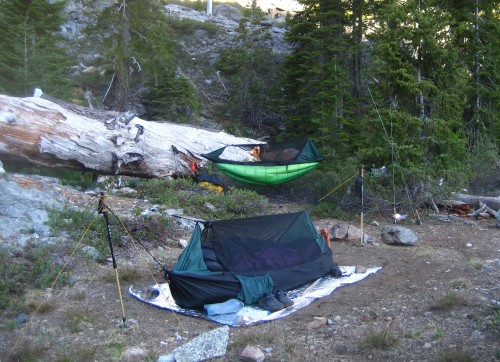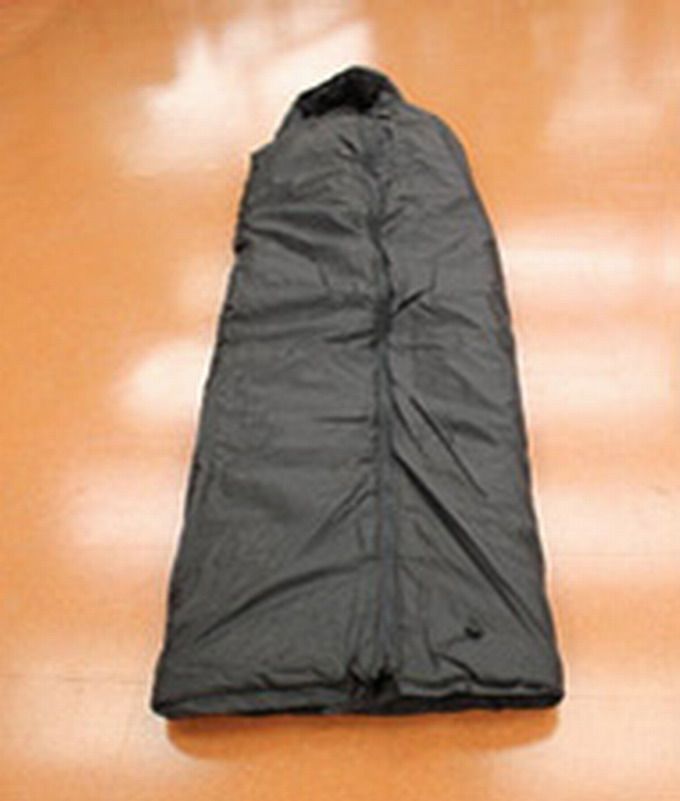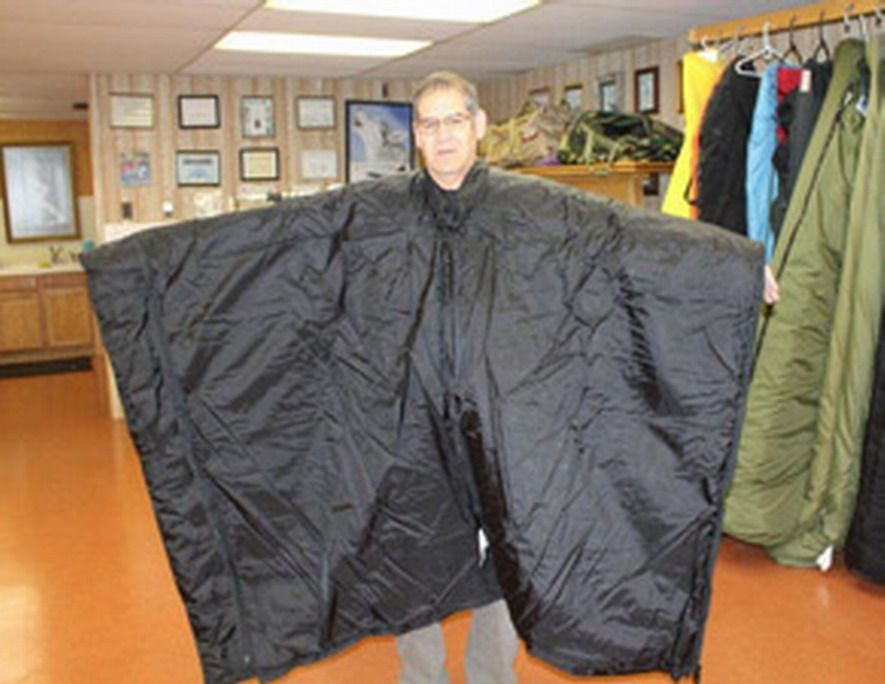Where's Bruce?
WKR
- Joined
- Sep 22, 2013
I've seen endless threads on what people pack without any clear explanation why they pack what they do and why they leave some items behind and take others along. Like most people...I have collected far more stuff than I could ever carry even if I had a Sherpa and Pygmy train. So I'm curious how expert packers (like hunting guides, mountaineering guys and others like Aron from Kifaru) are prioritizing the stuff they place in their pack. Obviously you need water filtration, shelter and sleep system, food & clothing but once you get beyond these basics...what lessons have experience taught you about packing? What have you given up carrying completely? I tend to go overboard on first aid items I think, and I know my snivel gear is just plain dumb. i assume the guys spending months (not days or weeks) in the field have formed some fairly strict rules regarding what goes in their pack and what doesn't. I'm not looking for advice on cutting the handles of my toothbrush as much as trying to grasp the balance between absolute essentials and things you carry on occasion and things you no longer carry at all. What always goes in the pack, what usually goes in? What sometimes goes in depending on trip and what never goes in anymore? I think my priorities are outta whack...no doubt due to limited experience and since i am going to be taking longer treks in more remote places devoid of cell service and population centers...wish to hear from those who know and understand the unique challenges of these kinda trips and the lessons the field has taught them that has altered their priorities in packing. I know it's a big question but the whole "here's my pack list" response just doesn't answer the broader question. A pack list for the mountainous 8000'+ elevation trip is gonna be much different than the flatlander hunt just above sea level. Understanding the mindset when prioritizing items will assist me considerably more than a pack list because I am a destination hunter and visit numerous states...bowhunting areas I have only scouted on Google Earth. No...I'm not a highly skilled or successful hunter but i do love the experience and escapism of it all. If I shoot something I am stunned and blessed. Mostly I am learning to become what most of you take for granted...being completely comfortable in the wilderness. I began hunting at age 49...I'm 53 now and the clock is ticking. I'm kicking the bucket list into high gear while I'm able. My average trip now is 5-7 days but am going to be taking some 10-14 days trips within the next 2 yrs. Any advice from those who have repeatedly made such trips is greatly appreciated. Thank you.
Last edited:

